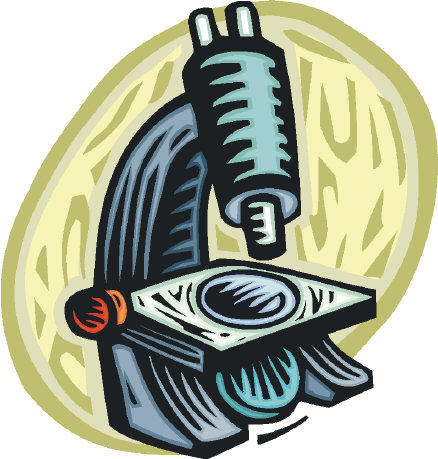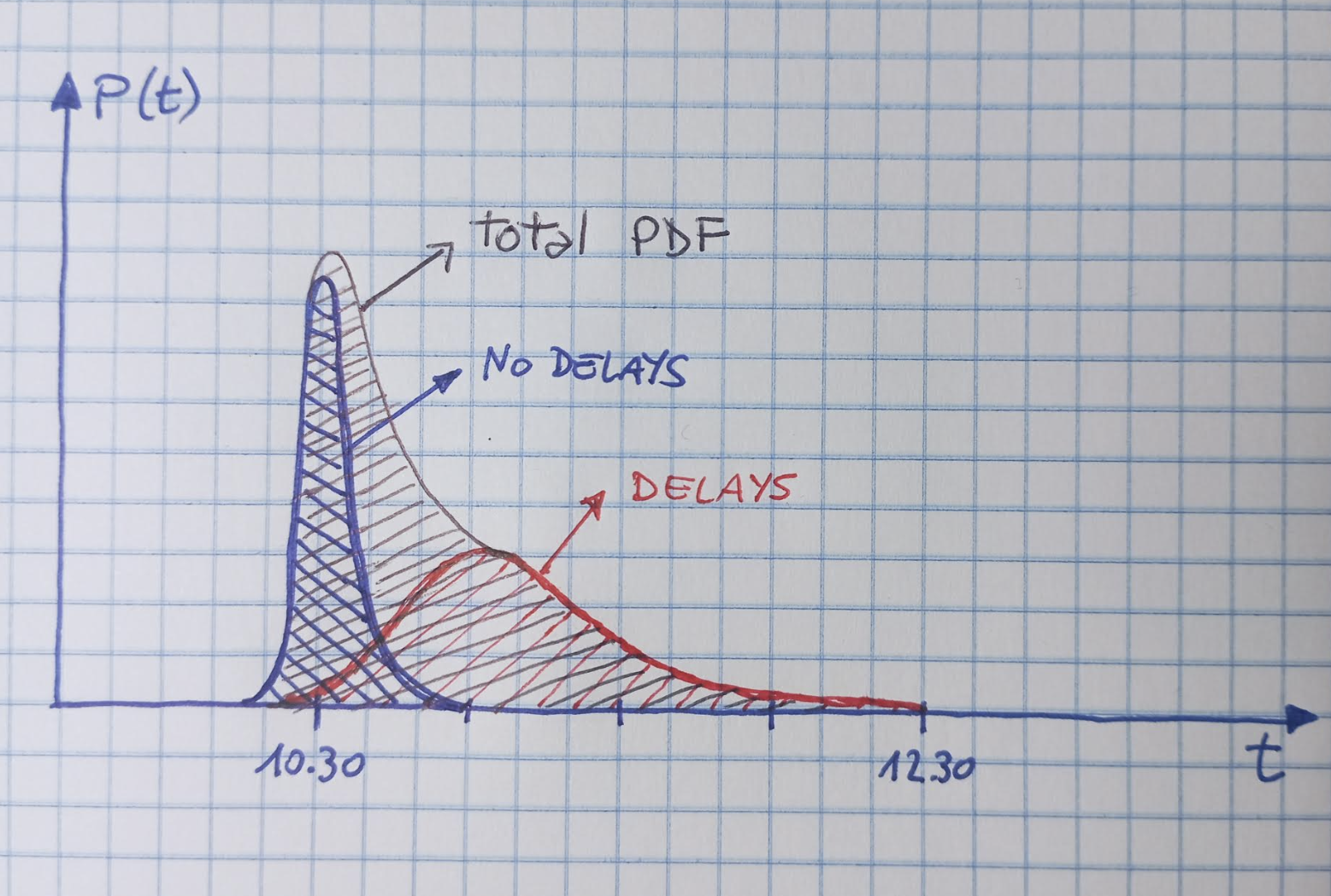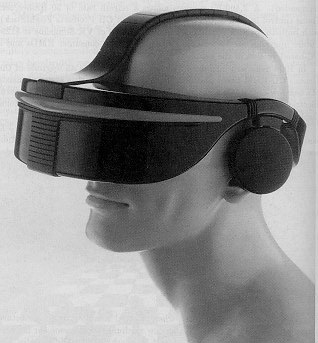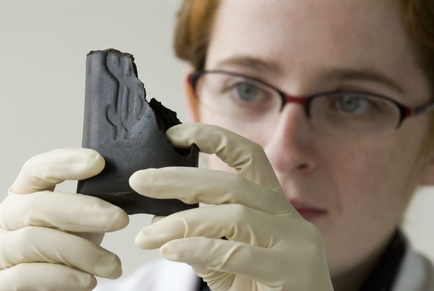 The Problem With Peer Review
The Problem With Peer ReviewIn a world where misinformation, voluntary or accidental, reigns supreme; in a world where lies...
 Interna
InternaIn the past few years my activities on this site - but I would say more in general, as the same...
 The Probability Density Function: A Known Unknown
The Probability Density Function: A Known UnknownPerhaps the most important thing to get right from the start, in most statistical problems, is...
 Summer Lectures In AI
Summer Lectures In AI Winter is not over yet, but I am already busy fixing the details of some conferences, schools,...







 Dynamics can be surprising at times, even when applied to well-understood and tested physical systems such as a basketball and a basket. Look what happened to a free shot executed by Kamyl Kawrzydek in a match between Idaho State University and Utah State University, played at
Dynamics can be surprising at times, even when applied to well-understood and tested physical systems such as a basketball and a basket. Look what happened to a free shot executed by Kamyl Kawrzydek in a match between Idaho State University and Utah State University, played at 
